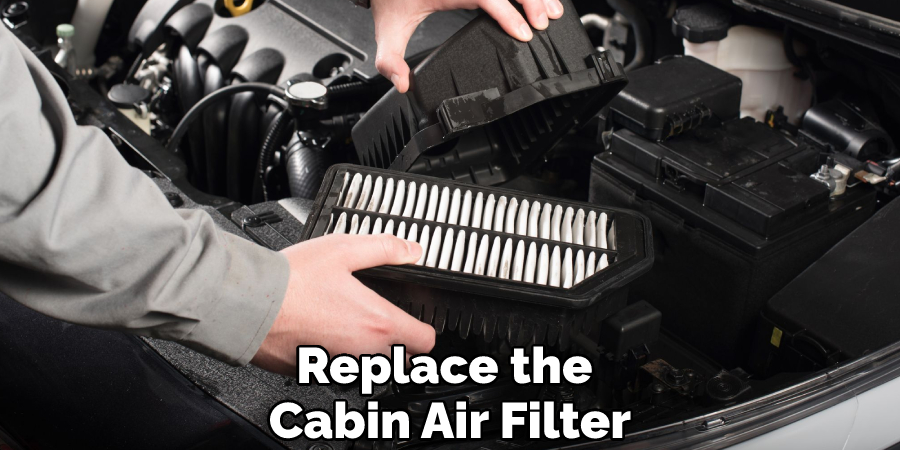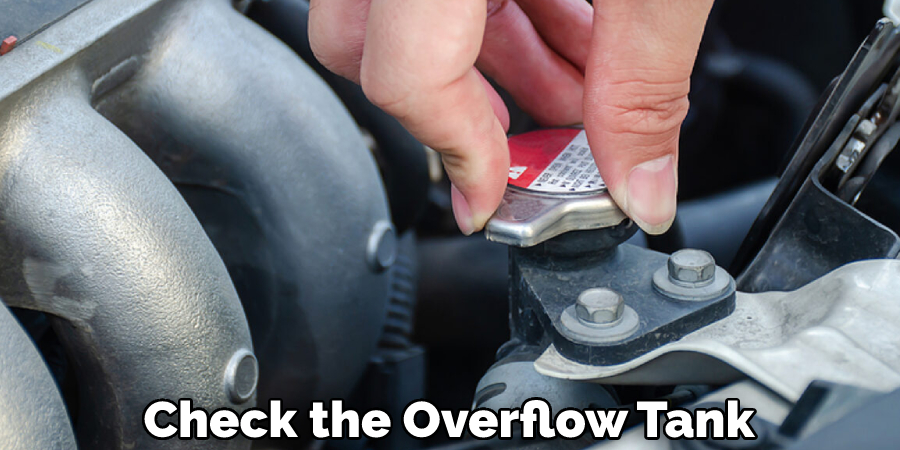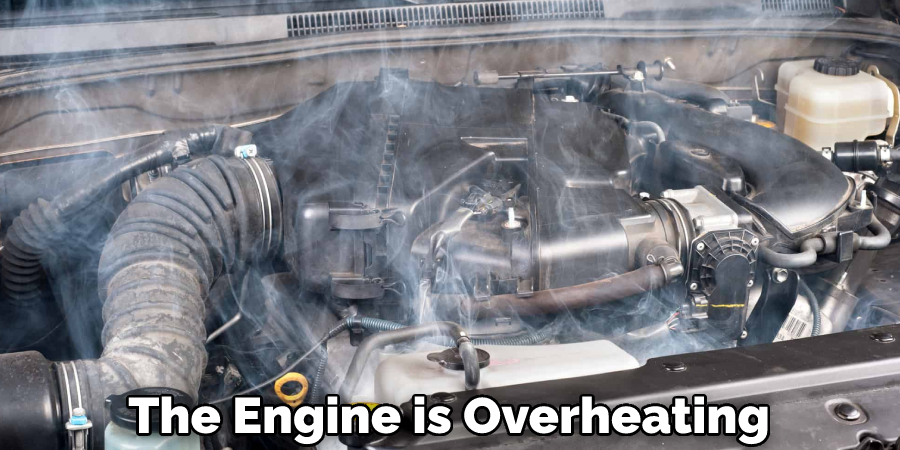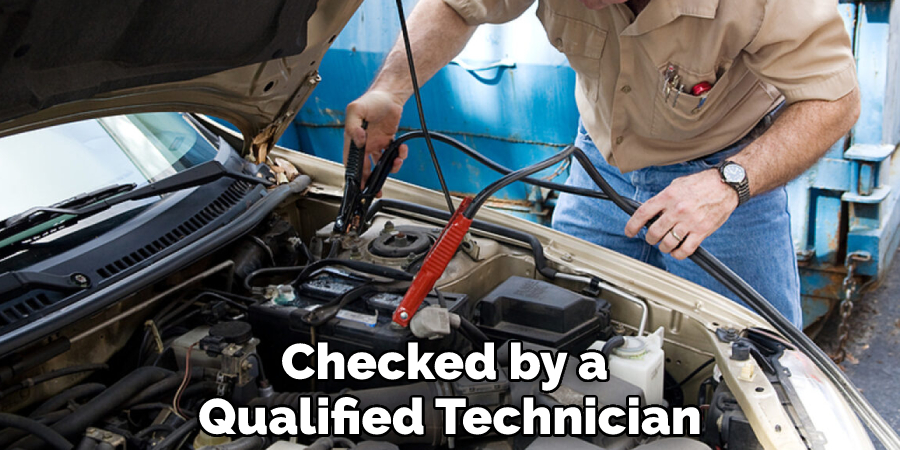High head pressure is a common problem that can cause damage to your engine over time.
When your car’s engine is “working hard,” you might hear it making a higher-than-normal noise. This is called “high head pressure.” You can usually tell when there’s high head pressure because the car will sound like it’s straining to push air through the system. If ignored, high head pressure can lead to damage to the engine.

In this post, we’ll show you how to fix high head pressure using simple methods. Stay safe and keep your car running smoothly!
Summary: High head pressure can cause damage to your vehicle’s engine, so it is important to address the issue immediately. This blog post will provide 8 methods for fixing high head pressure.
Learn how to check the cabin air filter, inspect the air conditioning system, replace the head gasket and check the radiator, thermostat and coolant level. Also find out how to check for leaks and bleed the brakes to get your car running smoothly again.
What is Another Name for Head Pressure in HVAC?
Generally, head pressure refers to the pressure in the head or, more specifically, the pressure in the arteries. This can be caused by a number of factors, including dehydration, stress, and certain medical conditions. However, in HVAC (heating, ventilation, and air conditioning) systems, head pressure is often used to refer to refrigerant pressure in the system. Sometimes, this pressure can become too high, which can lead to a number of problems.
What Causes High Head Pressure?
There are a number of reasons why the head pressure in an HVAC system might be too high. One possibility is a blockage somewhere in the system, preventing the refrigerant from flowing properly. Another possibility is that the compressor is not working correctly, which can cause the refrigerant to build up in the system. If the head pressure is too high, it can cause the HVAC system to malfunction and may even damage components within the system.
What Should My Hvac Pressure Be?
If your home or office feels a bit stuffy, it could be due to high head pressure in your HVAC system. The normal range for HVAC pressure is between 2.5 and 3.5 inches of water column (WC), but if your system’s pressure is outside that range, it could be the culprit behind your stuffy indoor environment.
Fortunately, there are a few things you can do to fix high head pressure in your HVAC system.
8 Effective Methods to Fix High Head Pressure
There are a few different ways that you can fix high head pressure in your HVAC system. Try one or more of the following methods:
Method 1: Check the Cabin Air Filter
To check whether the cabin air filter is blocked or dirty. A dirty or blocked cabin air filter can restrict air flow, causing high head pressure. To clean or replace the cabin air filter, consult your car’s owner’s manual. You can also use a vacuum cleaner to remove any dirt or debris. Sometimes people mistake the engine air filter for the cabin air filter- make sure you’re using the right one!

Method 2: Inspect the Air Conditioning System
Inspect the air conditioning system for leaks. If there are any leaks, repair them immediately. Leaks in the air conditioning system can cause high head pressure. Be careful with the DIY AC repair, as it can be dangerous. Ensure you have the required skill set for it. Else, get a professional to do it.
Method 3: Replace the Head Gasket
If the head gasket is blown, it will need to be replaced. To replace the head gasket, the engine will need to be removed and taken apart. Once the head gasket is returned, the engine can be reassembled and reinstalled. If you have a head gasket that is blown, it is important to replace it as soon as possible. A blown head gasket can cause engine damage if it is not fixed.
Method 4: Check the Radiator
You need to make sure that the radiator is not blocked. A blocked radiator can cause the engine to overheat, leading to high head pressure. If the radiator is still blocked, you may need to flush it out. To do this, remove the radiator hose and flush it out with a garden hose. Also, you can use a radiator flush kit.
Method 5: Check the Thermostat
The thermostat is responsible for regulating the engine’s coolant temperature. If the thermostat is stuck closed, it will not allow the coolant to flow properly, which can cause the engine to overheat. If the thermostat is the problem, it will need to be replaced.
Method 6: Check the Coolant Level
If the coolant level is low, it can cause the engine to overheat. Make sure to check the coolant level and add coolant if necessary. First, check the overflow tank to see if it is low. If the overflow tank is empty, check the radiator itself to see if it needs coolant. To test the cooling fans, start the engine and turn on the air conditioning. The fans should come on and start blowing air. If the fans do not come on, then they are not working properly and will need to be replaced.

Method 7: Check for Leaks
If you find any leaks, repair them immediately. Once the leaks are repaired, the system will need to be bled. To bleed the system, remove the radiator cap and fill the radiator with coolant. Start the engine and let it run until the thermostat opens. Then, turn the engine off and add more coolant to the radiator. Repeat this process until the system is full of coolant and there are no air bubbles.
Method 8: Bleed the Brakes
If your head pressure is due to a build-up of fluid in the system, you can try bleeding the brakes. This will release some of the fluid and help to reduce the pressure. To bleed the brakes, you’ll need to locate the bleeder valve and open it up. Use a wrench to turn the valve counterclockwise until fluid starts flowing. Once the fluid starts flowing, close the valve and check the pressure. Repeat this process until the pressure has been relieved.
Use any of these methods to fix high head pressure in your car. Following these methods, you can keep your car running smoothly and safely! If you have any questions or concerns, contact a qualified mechanic.
How to Avoid Having High Head Pressure?
If you want to avoid having high head pressure, then you have to take care of your car. Perform regular maintenance, and don’t ignore any warning signs your car might give you. By doing this, you can avoid significant problems and keep your car running smoothly for a long time! The warning signs are:
- If the engine is overheating, then the head gasket might be blown.
- If the car is leaking coolant, there might be a problem with the head gasket.
- If the radiator is blocked, then the engine might overheat.
- If the thermostat is stuck closed, then the engine might overheat.
- If the coolant level is low, then the engine might overheat.
- If the cooling fans are not working, then the engine might overheat.
If you notice any of these warning signs, then take action immediately! Don’t wait until it’s too late and the problem worsens. Fix the problem as soon as possible to avoid having high head pressure.

Safety Precautions You Need to Know Before Fixing High Head Pressure
- Always consult with a professional. Otherwise, you may end up doing more harm than good.
- Be sure to shut off all power before beginning any work.
- Do not attempt to repair equipment while it is still under warranty.
- If you are unsure of how to fix high head pressure safely, consider calling in a professional technician.
- Always use the proper tools and safety equipment when working on high head pressure systems.
- Make sure you understand the system’s workings before attempting any repairs.
- Do not make any modifications to the system without first consulting a professional.
- Always follow the manufacturer’s instructions when performing any repairs.
- Be aware of the dangers of working with high head pressure systems.
- 1Use extreme caution when dealing with potentially hazardous materials.
- Always dispose of any dangerous materials properly.
Does Low Refrigerant Cause High Head Pressure?
Yes, low refrigerant can cause high head pressure. If your system is low on refrigerant, it will have to work harder to cool your home, leading to increased head pressure. To fix this problem, you’ll need to add more refrigerant to your system. You can also use a head pressure control to help keep your system’s pressure in check.
Can a Clogged Txv Cause High Head Pressure?
A clogged TXV can cause high head pressure. It’s one of the most common causes of high head pressure. When the TXV is clogged, it restricts the refrigerant flow into the evaporator. This restriction causes the refrigerant to build up in the compressor, which raises the head pressure. And also, the compressor has to work harder to pump the refrigerant through the system, which contributes to the high head pressure.
If you suspect that your TXV is clogged, the best thing to do is have it checked by a qualified technician. They will be able to clean or replace the TXV as needed.

Conclusion
High head pressure can be caused by a number of different things. The most common cause is a leak in the cooling system. Other causes include a blocked radiator, a stuck thermostat, or low coolant levels. If you have high head pressure, it’s important to find the root cause and fix it as soon as possible. Otherwise, it could lead to engine damage.
I hope this article helped you learn how to fix high head pressure. If you have any questions or comments, please leave them below. Thanks for reading!
